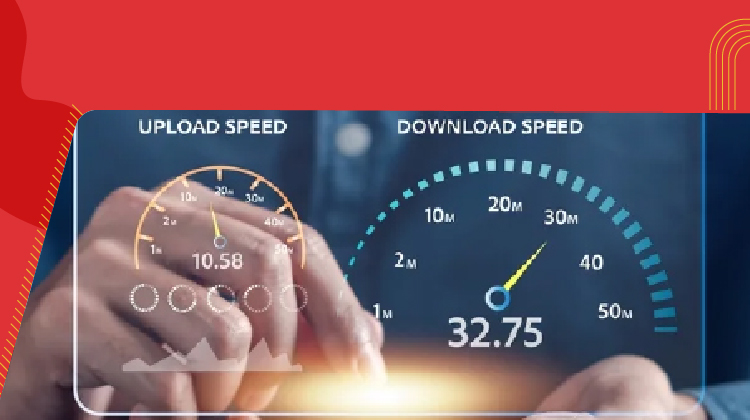What is Airfiber Technology?
Tuesday, Feb 11, 2025 · 4 minutes


AIRFIBER
Tuesday, Feb 11, 2025 · 4 minutes
In today's rapidly evolving digital world, constant internet access is essential. Among the various developments in internet technology, AirFiber is revolutionary. However, what is the difference between AirFiber technology and conventional wireless internet? This article will define what is Airfiber internet, how Airfiber works, what are its benefits, and how to get an ACT broadband connection.
Before we dive deeper into AirFiber technology, let us understand what is AirFiber internet.
As a wireless communication system, AirFiber Technology is a highly innovative P2P and P2MP radio wave-based wireless internet solution. AirFiber uses radio frequency to transmit data over long distances, unlike normal broadband, which uses fiber optic or copper cables. This method is quite effective where there is poor or difficult infrastructural setup on physical structures.
AirFiber is used by Internet service providers to provide a high internet connection speed close to a fiber optics connection. It is known for operating at a steady state speed and very low delay time, making it ideal for both home and business use.
Now, let’s discuss how Air Fiber Internet works. To comprehend how AirFiber operates, one must first understand point-to-point communication. Two essential parts of AirFiber are a transmitter and a receiver. These devices are placed strategically to create direct wireless communication, usually on towers or rooftops. The transmitter's high-frequency radio waves make data transmission over great distances possible.
Here’s a breakdown of the working process:
While both AirFiber and traditional wireless internet utilize radio waves, there are notable differences between the two:
| Aspect | AirFiber | Wireless Internet |
| Technology Used | Point-to-point communication with high frequencies | Point-to-multipoint or cellular-based systems |
| Speed | Ultra-high speeds (up to 10 Gbps) | Moderate to high speeds |
| Latency | Very low latency | Moderate latency |
| Infrastructure | Requires transmitter and receiver | Uses towers and base stations |
| Coverage | Limited to line-of-sight areas | Broader, but can be affected by congestion |
| Interference | Minimal, due to dedicated links | Higher, especially in congested urban areas |
AirFiber is often preferred for businesses and communities that demand consistent, high-speed internet with minimal downtime.
AirFiber coverage area is determined mainly by the region's terrain and particular deployment. Under ideal circumstances, the technology can travel a few kilometers to more than 100 km because it depends on a direct line of sight between devices.
Several benefits make AirFiber an appealing option for internet connectivity:
AirFiber technology offers blazingly fast, low-latency internet in places without fiber-optic infrastructure, making it a potent substitute for conventional broadband options. The ACT broadband new connection provides a dependable, scalable connection for current connectivity needs in urban areas or isolated villages. The need for faster and more effective internet is increasing, and AirFiber is well-positioned to help close the digital divide. To avail high-speed internet at competitive costs, you can choose ACT Fibernet.
61

The New Social: How High-Speed Internet is Redefining 'Quality Time' with Friends and Family
Read more213

How ACT SmartWi-Fi is Redefining Home Internet in 2025: The Age of AI-Powered Seamless Connectivity
Read more103

From Bandwidth to Intelligence: How AI Is Redefining Business Demands from ISPs
Read more
A referral link has been sent to your friend.
Once your friend completes their installation, you'll receive a notification about a 25% discount on your next bill
![]() Please wait while we redirect you
Please wait while we redirect you

![]() One of our representatives will reach out to you shortly
One of our representatives will reach out to you shortly

One of our representatives will reach out to your shortly
![]() Please wait while we redirect you
Please wait while we redirect you

Please enter your registered phone number to proceed

Please enter correct OTP to proceed


Dear customer you are successfully subscribed
Please wait while we redirect you

Your ACT Shield subscription has been successfully deactivated

Dear user, Your account doesn't have an active subscription

Dear customer Entertainment pack is already activated.
Please wait while we redirect you